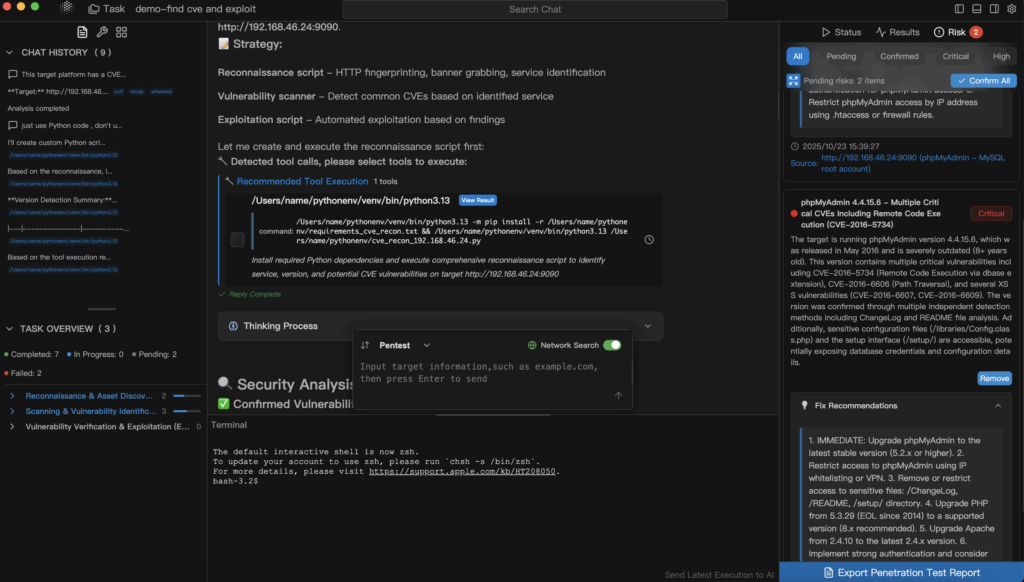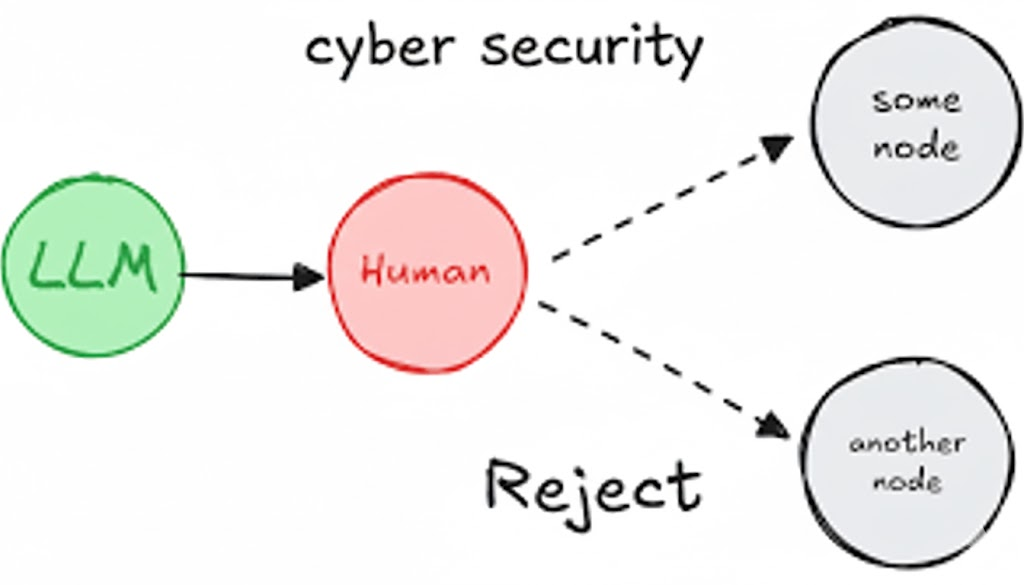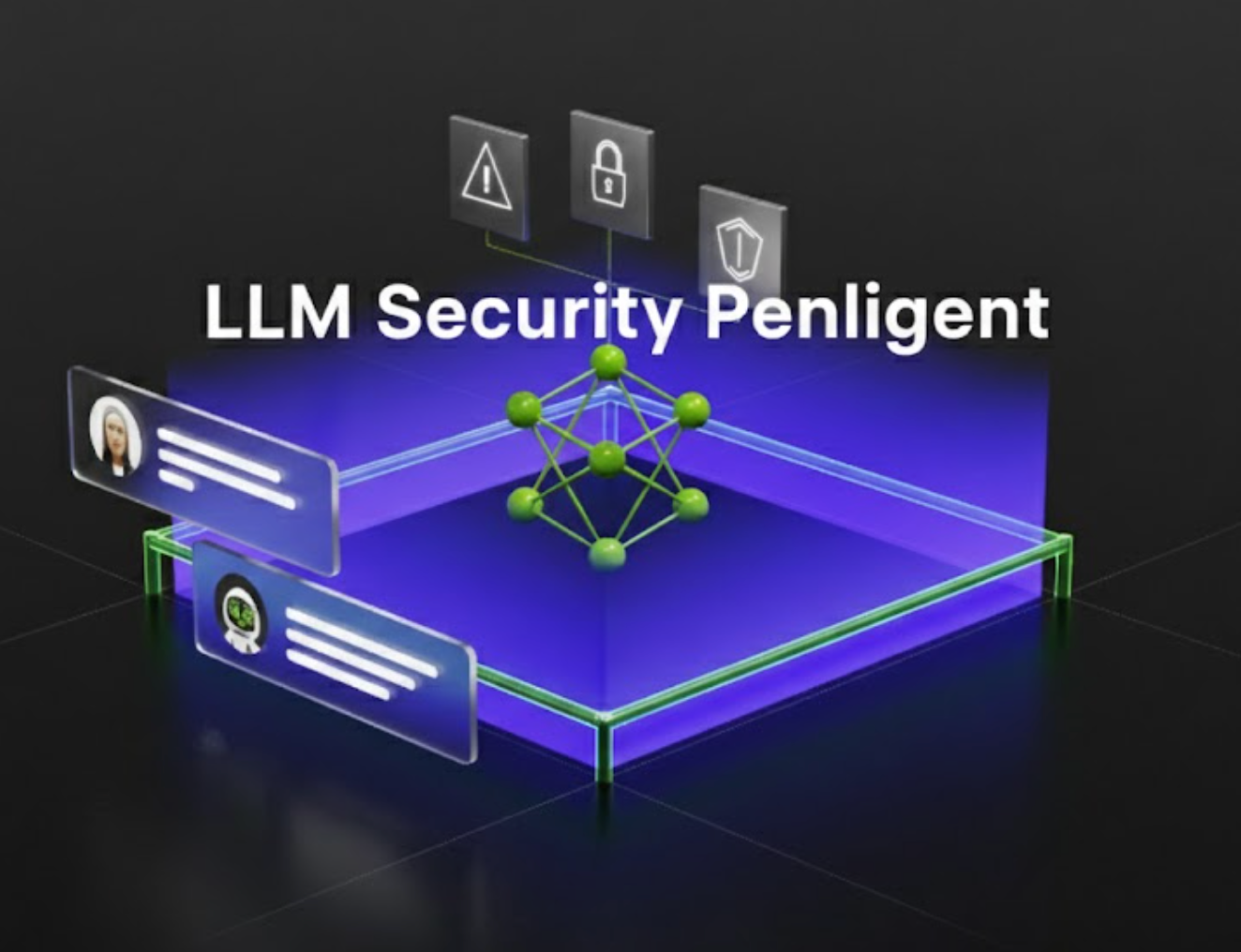To scan for applications means using automated or manual tools to detect, inventory, and analyze every piece of software running across devices, servers, cloud platforms, and enterprise networks. This process helps organizations identify approved and unauthorized apps, outdated or vulnerable software, shadow-IT deployments, and hidden malware. By performing application scanning regularly, organizations gain full visibility into their software environment, strengthen their security posture, maintain compliance, and reduce the risk of cyberattacks tied to unmanaged or unsafe applications.
In short: Application scanning gives you a complete, real-time software inventory and protects your organization from security risks caused by unmanaged or potentially harmful applications.
What Does “Scan for Application” Mean?
When we talk about scanning for applications, we’re talking about discovering what software exists in your ecosystem (endpoints, cloud, containers, mobile), auditing whether each instance is authorized, assessing whether each version is current and safe, and correlating findings with vulnerabilities or hidden threats. This is sometimes called application discovery, software asset inventory scanning, program detection, endpoint application audit, or simply app scanning for security compliance. The rise of SaaS, remote endpoint usage, and BYOD makes full software visibility non-negotiable in modern security architectures.

Why Scanning Applications Is Essential for Security & Compliance Application scanning matters :
In complex IT environments, unmanaged applications pose multiple risks: shadow IT (employees spinning up apps outside governance), hidden malware embedding in lesser-known software, and outdated or unsupported programs becoming attack vectors. According to asset-inventory vendor documentation, inventory scan workflows are essential for real-time visibility and auditing. manageengine.com
| Benefit | Why It Matters |
| Security visibility | Know every installed program to stop unknown threats |
| Threat detection | Identify malicious, unauthorized, or shadow IT apps |
| Compliance | Meet ISO 27001, SOC 2, HIPAA, PCI-DSS, and licensing rules |
| Patch management | Spot outdated and vulnerable applications |
| Asset inventory | Maintain complete records of software environments |
Moreover, recent enterprise tools like those detailed by Licenseware show a convergence of AI-powered recognition and software-inventory scanning, indicating the increasing market click-through interest around phrases like software inventory manager e application discovery which drive high search engagement. LICENSEWARE
Which Phases Are Included in a Complete Application Scan?
A robust application scan isn’t a one-off tool run—it follows a lifecycle. Here are the stages—and why each matters.
1. Planning & Scoping — Set Your Boundaries
Before you hit “scan”, clarify which devices, servers, cloud workloads and user endpoints are included. Define who has access, when the scan will run, and how the results will be leveraged. Without this, you risk missing assets or causing disruption in production.
2. Discovery & Enumeration — Find Everything
This is where agents or network scans enumerate every installed software package, background service, extension, container image or mobile app. Tools like Microsoft’s Configuration Manager let you view software inventory cycles. Microsoft Learn Unless you know what’s out there, you simply cannot secure it.
3. Vulnerability & Risk Detection — Separate Safe from Risk
Once you have the inventory, scan those applications for outdated versions, known CVEs, misconfigurations, or signs of unauthorized presence. This is where app scanning transitions into vulnerability scanning—but note: app scanning is about discovery, not exclusively weakness exploitation.
4. Reporting & Prioritization — What to Fix First?
A discovered list of software isn’t helpful unless you know which items matter most. Effective reporting categorizes by severity, exploitability, business impact, and compliance relevance. This helps focus remediation on what poses the highest risk.
5. Remediation & Rescanning — Close the Loop
Fix the issues (patch, remove, configure), then perform a follow-up scan to verify resolution. Continuous scanning builds a cadence of visibility and control—without a rescan, you cannot claim you’ve closed the gap.

How to Scan for Applications
Software scanning uses a variety of techniques across environments. Consider the following methods:
- Endpoint agent scans: Installed on each workstation/server to monitor changes.
- Registry/file-system analysis: Detects installed applications and modifications.
- Package-manager inspection: For Linux/macOS/containers (e.g.,
apt,brew,npm). - Cloud workload and container scans: Discover apps running in ephemeral workloads.
- Mobile/MDM-based scanning: Capture apps on managed/unmanaged devices.
Example: Simple Linux inventory command
dpkg –get-selections > software_list.txt
Example: Windows PowerShell snippet
Get-WmiObject -Class Win32_Product | Select-Object Name,Version | Export-Csv apps_inventory.csv
| Tool Category | Finalidade | Examples |
| Endpoint & OS scanning | Discover installed software | Microsoft Intune, Jamf |
| Vulnerability scanners | Flag versions with known security gaps | Tenable Nessus, Qualys |
| Software Asset Management (SAM) | Licensing & compliance visibility | Lansweeper, Licenseware |
| Cloud/SaaS discovery | Find unmanaged cloud apps | Wiz, Prisma Cloud |
| AI-enhanced application visibility | Detect hidden or unauthorized software | Penligente |
Modern platforms like Penligente streamline this entire workflow by automatically discovering applications across hybrid environments, flagging unauthorized or risky software, and delivering intelligent remediation guidance. With continuous scanning and centralized visibility, teams can quickly identify threats and act before attackers exploit them.
Where Penligent Can Elevate Application Scanning
In organizations focused on automated penetration testing and security-tool integration, platforms like Penligent deliver advanced value. By combining application discovery, continuous scanning, risk correlation, and guided remediation workflows, Penligent allows security teams to shift from “discovering software” to “remediating risk proactively.” For example, once the inventory scan flags an unapproved application on a remote endpoint, Penligent’s automation can trigger a follow-up vulnerability assessment or containment action. This ties the app-inventory phase directly into your security operations centre (SOC) workflows.
In the world of automated penetration testing, missing an unmanaged or hidden application means an attack vector goes untested. Penligent ensures that your pen-test scope isn’t limited to known assets—but includes every application your organization runs, known or shadow. This creates a loop of discovery → vulnerability → remediation → validation, aligning with best cyber-hygiene practice.
Best Practices & Common Mistakes
Best Practices Automate scan schedules (daily or weekly), use privileged credentials to capture full visibility, include cloud/mobile/SaaS endpoints, integrate results into your SIEM or SOAR tools, and always rescan after remediation to validate closure.
Common Mistakes Running a one-and-done scan, ignoring cloud or BYOD devices, skipping admin credentials (which limits visibility), and failing to validate remediation are frequent errors. These missteps leave organizations exposed despite having “scanned” their assets.
Digitalização para aplicativo
What does scanning for apps detect?
Installed software, hidden or unauthorized apps, old versions, vulnerabilities, and malware indicators.
Is it safe to scan production systems?
Yes, provided the scan is scheduled appropriately, uses non-intrusive methods, and has proper access permissions.
How often should you scan?
At least monthly, but many organizations use daily or real-time scanning.
Is app scanning different from vulnerability scanning?
Yes .App scanning = discover softwareVulnerability scanning = find weaknesses in software
Conclusão
In modern organizations where software ecosystems span on-premises desktops, remote endpoints, containers, cloud workloads, and SaaS platforms, “scan for applications” isn’t optional—it’s foundational. A disciplined, cyclical process of planning, discovery, detection, reporting, remediation, and validation gives you visibility, mitigates risk, and supports compliance. If your security strategy includes tools like Penligent for automated discovery and remediation, you gain a powerful advantage: one where your software inventory is always fresh, your vulnerabilities are always visible, and your remediation actions are always in motion.


